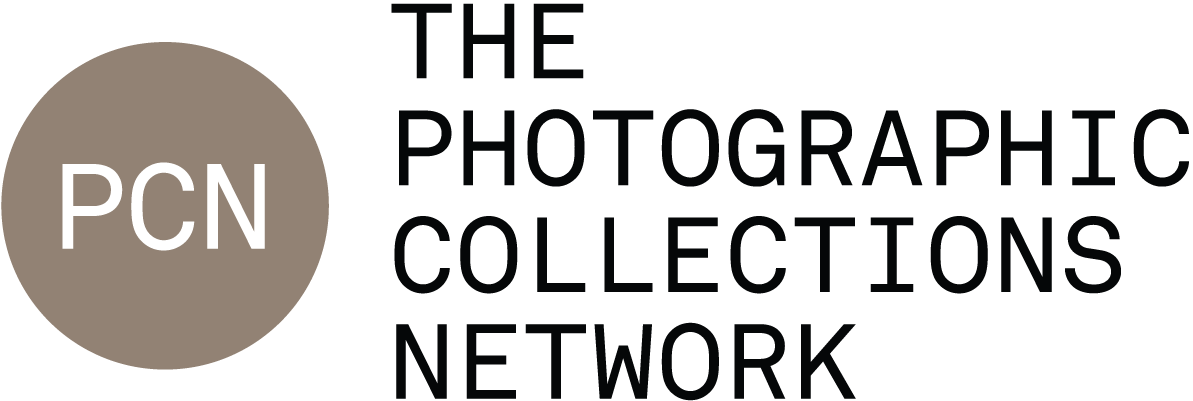Advice
NEW FOR 2020: free bespoke advice on digitisation.
New in 2020, we are delighted to offer members of the PCN up to two hours of free consultation with consultant Dr. Sandra Santos. Sandra has current knowledge on digital asset management, the digitisation/photography of analogue photographs, copyright, and licensing.
We would particularly recommend taking up this offer if you are:
- Seeking to digitise a collection or archive of analogue photographs;
- Would like advice on technical requirements, the workflow of your digitisation project, copyright and licensing applied to your digitisation project.
You can find out more about Sandra here; if you would like to take up this offer you need to be a current member of the PCN, then please complete this form. If you have any other queries please get in touch with Sandra.
**********
Below are some of our most Frequently Asked Questions and toolkits to download on Digitisation and Basic Collections Care. Further information will be added over time. The tools here are primarily aimed at beginner level.
If you join as a member you can access more advanced specialist toolkits, and an advice forum, in the members' area.
